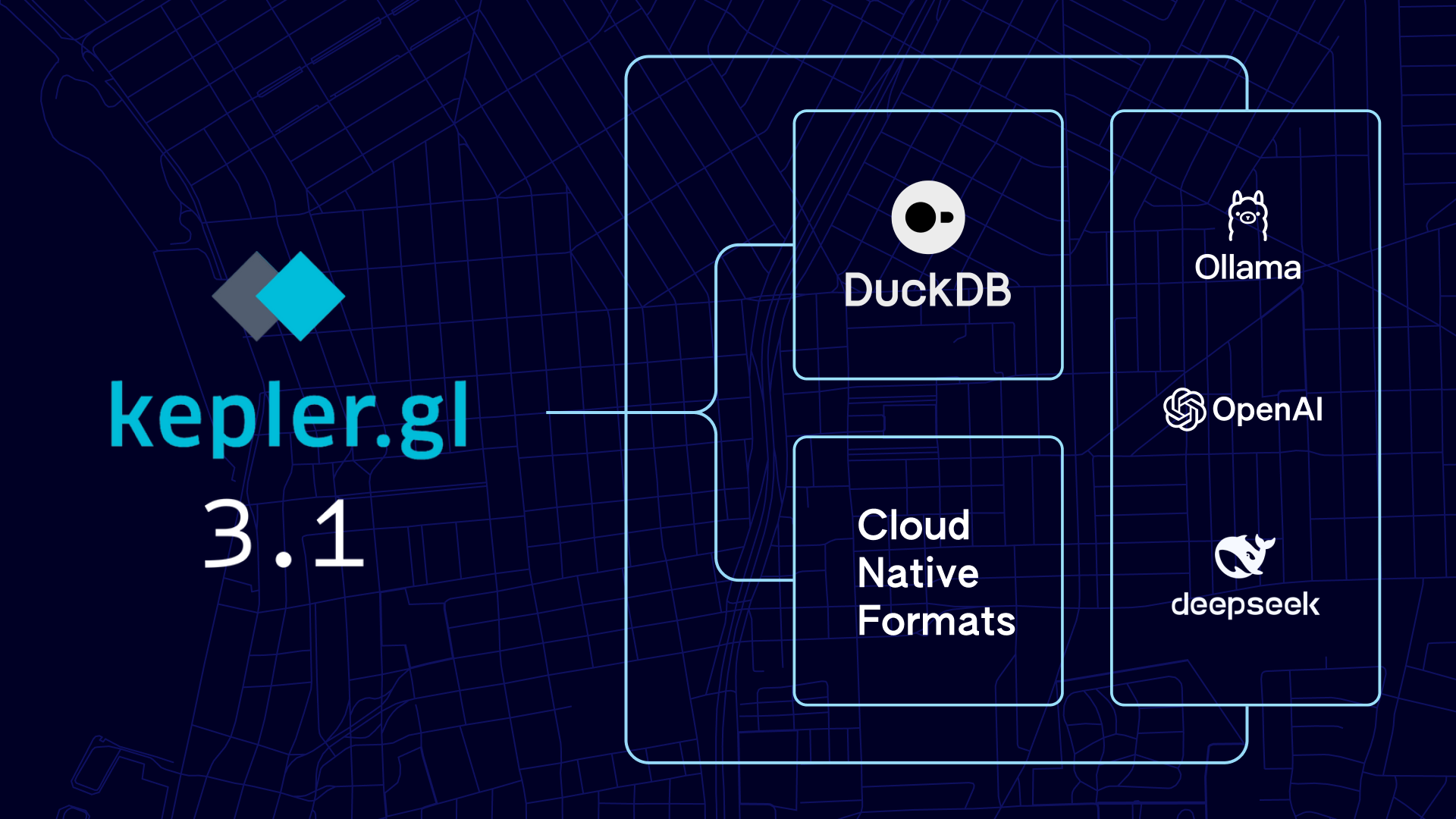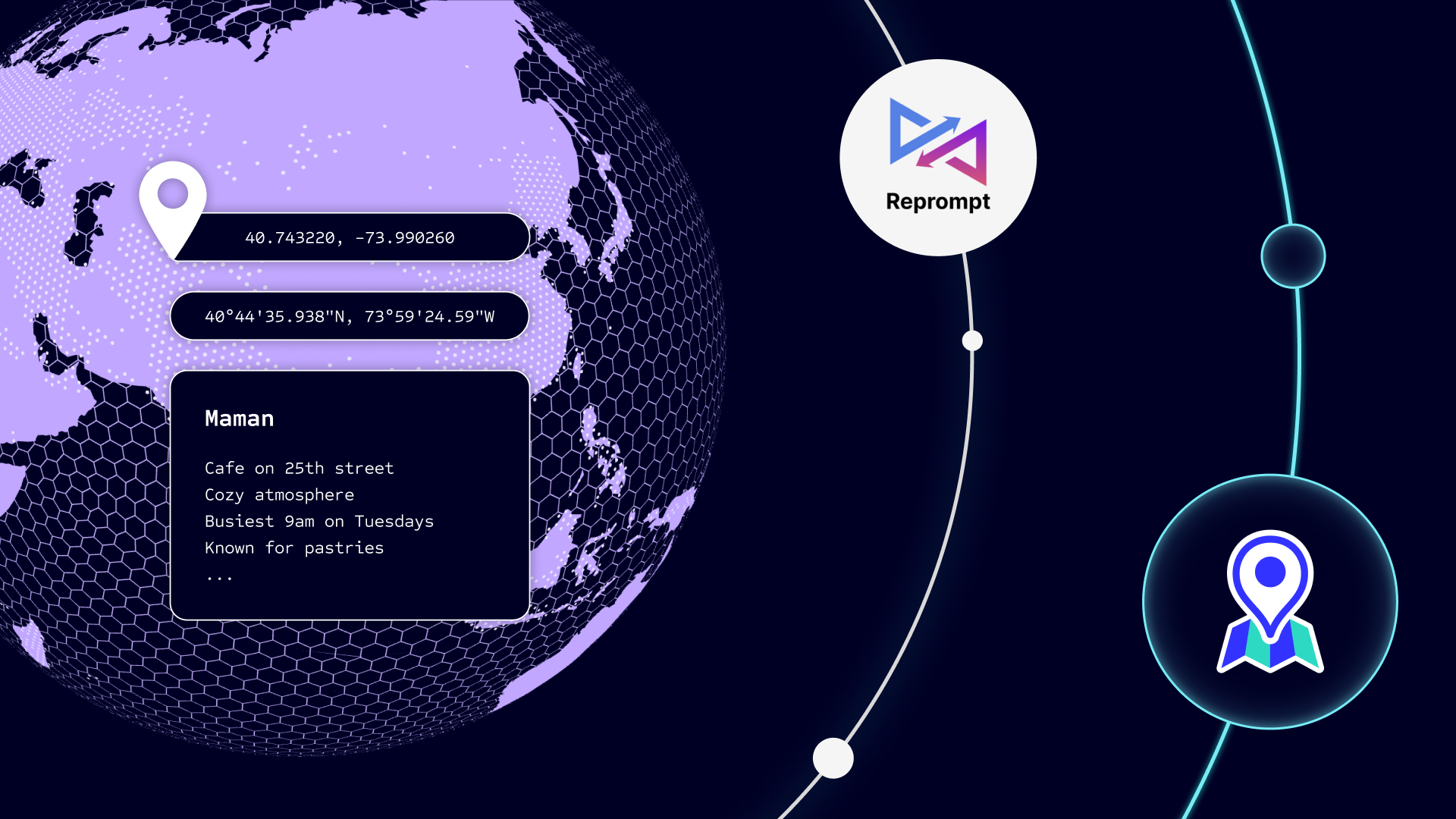Foursquare is proud to announce the launch of Store ID, the newest attribute to our places dataset.
The collection and organization of transaction data can be a challenging task. Inconsistent data, missing details, and inadequate context make extracting insights from transaction data difficult. Store IDs offer a solution to this problem by providing unique identifiers that link real-world Point of Interest (POIs) to its corresponding data.
Store IDs and their Challenges:
Using Store IDs as a means of data enrichment or harmonization can be a problem in the sense that sourcing Store IDs is also complex and demanding. While brands assign Store IDs to represent a specific real-world location, they are often inconsistently provided, not shared at all, or actively blocked from web crawlers, effectively making it impossible for an individual to source them in mass with any accuracy.
To solve this industry-wide issue, Foursquare is handling the technical work behind sourcing Store IDs, including those for the top QSR and Retail chains. In doing so, we’re giving users an efficient method to easily connect their data with Foursquare’s. Clients with missing or inaccurate data can now take full advantage of Foursquare’s unmatched POI insights and data, now also backed by Store IDs.
Benefits of Store ID
With Store ID, clients may power the following use cases:
- Transaction cleansing: Remove or correct errors and inconsistencies in transaction data. Fill in any missing attribute details and context to these transactions.
- Transaction mapping: Track and map transactions to real-world POI at an individual store level through matching Store IDs.
- Data harmonization: Integrate data from disparate sources, creating uniformity and a single source of truth.
Adding Store ID to a Places dataset can bring a wealth of knowledge to businesses and organizations across various industries. Places datasets collect information about physical locations, such as addresses, names, and geospatial data. Store IDs serve as unique identifiers – or codes – that can be used to track and analyze transactions at the individual store or location level. Through the use cases listed above, clients utilizing Store IDs may unlock the following:
- Performance tracking: A primary advantage of adding Store IDs to a Places dataset is the ability to track and analyze the performance of each store or location. By monitoring transactions at the individual store or location level using Store ID, businesses can assess the performance of each site by identifying trends and patterns in sales data. This can help companies to make informed inventory, staffing, and marketing decisions.
- Customer insights: Adding Store ID to a Places dataset can offer businesses valuable insights into a customer’s behavior and preferences. Companies can better understand how customers interact with products and services by analyzing transaction data across multiple locations, then identifying trends and patterns. This information can be used to improve customer targeting and product development and to identify opportunities for cross-selling or upselling.
- Fraud detection and prevention: Fraudulent activity can significantly impact the bottom line of a business. Adding a Store ID to a Places dataset can help companies detect and prevent fraudulent activity more efficiently. By identifying patterns of suspicious activity at a particular store or location, such as multiple transactions with different payment methods or significantly larger transactions than usual, businesses can prevent losses and minimize the impact on their customers.
- Risk management: Managing risk is crucial to any business operation. Companies can more effectively manage risk by tracking store or location transactions using Store ID. Once high-risk stores or locations are identified, businesses can implement appropriate risk management strategies, such as increased monitoring or enhanced security measures, ultimately reducing risk exposure and protecting their bottom line.
- Compliance: Businesses across industries are subject to different regulations and compliance requirements, which can vary by location. By adding a Store ID to a Places dataset, companies can more easily comply with these rules, helping to avoid fines and penalties while maintaining a positive reputation.
Finding the right Store ID Provider
Users should look for comprehensive coverage for the chains they are most interested in to better understand a provider’s ability to source new Store IDs. Certain providers may have better coverage of certain chains or excel with specific categories. Other providers, like Foursquare, offer the flexibility to source missing chains at a customer’s request. While having an extensive list of Store IDs is beneficial, it is not the be-all and end-all. Simply having the highest Store ID count isn’t advantageous to a user if the data it connects to is bad. For instance, just because a chain is available doesn’t mean that its POI will be accurately accounted for or that the associated attributes are relevant. Users looking to utilize Store ID will want to look out for essential metrics like chain and attribute fill rates, especially those most relevant to their use case.
Three key coverage areas to look out for are:
- Core attributes: These are the fundamental data points behind each POI. They provide core information such as Lat/Long, address, and category.
- Rich attributes: These provide contextualization to a POI. For a client looking to understand a particular POI, rich attributes like photos, tips, and popularity show what a POI is like. It’s important to note, not all data providers can source rich attributes. Providers like Google and Foursquare rely on users of their owned and operated apps to consistently receive feedback and new insights.
- Category taxonomy: The world is highly nuanced, and an expansive category taxonomy gives clients increased visibility into what a POI is. While all considered dining, a steakhouse, Mcdonalds, and a food truck are vastly different experiences, and a provider should be able to differentiate and provide context. Category taxonomy varies from provider to provider; for example, Google offers 96 different categories for POI categorization. In comparison, Safegraph offers 400+, while Foursquare offers 1100+ categories and subcategories.
While fill rate, attributes, and taxonomy are important to consider, accuracy should be the ultimate factor in selecting a POI provider. All providers will have safeguards and validation tools built into their data process to ensure updates – the model each provider employs to detect change is the key differentiator. The world is constantly evolving, so models must be scrutinized to address changes in the real world. Because these models provide a vast majority of Places data, they cannot be stale. For example, Foursquare recently innovated the Geosummarizer model. By enhancing this model and keeping data fresh, the Geosummarizer model releases over 2.4 million updates each month to the Places dataset.
Strong Places data providers will have some form of human verification for their data, including for Store IDs. It’s no longer sufficient to rely on bots performing web crawls to source and validate data – while bots are unmatched at crawling, they lack the flexibility and intuition that a human offers. The world is dynamic, and humans are best at understanding that. Like rich attributes, few providers can offer human validation at scale, often relying on internal teams and validation through first-party apps to accomplish verification. It’s important to be aware of different quality factors when sourcing a Store ID provider.
In conclusion, adding Store IDs to a Places dataset can be a game-changer for businesses seeking to extract insights from transaction and POI data. By evaluating a Store ID provider based on several factors, companies can ensure they receive accurate and comprehensive data. With Foursquare’s Store ID solution, businesses can streamline data collection and analysis to gain a competitive edge. If you’re working with a Places dataset, it’s worth considering the addition of a Store ID to unlock these valuable benefits.



